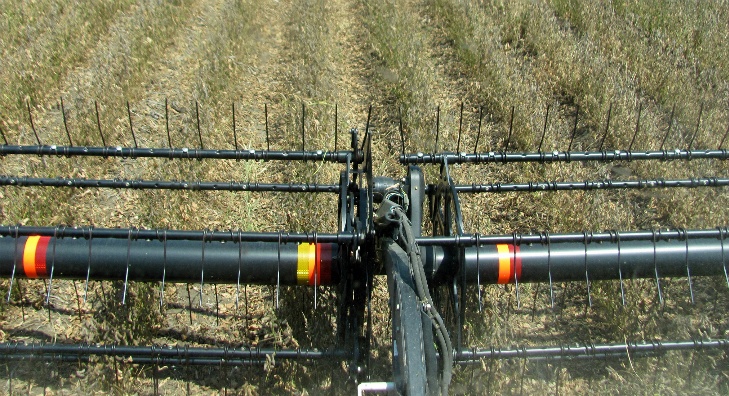Nearly 1 million soybean acres remain in the field as harvest lags
by October 31, 2018 7:28 pm 555 views

Photo credit: University of Arkansas System Division of Agriculture
Soybean farmers have been inundated with challenges this season and those problems continued through the end of October.
As of Monday (Oct. 28) about 63% of Arkansas’ 3.25 million soybean acres had been harvested, meaning about 1 million acres of beans are still in the fields, according to the United States Department of Agriculture National Acreage Statistics Service reported. In 2017, about 88% of the state’s crop had been harvested, and the five year average is 81% by the last week in October, soybean agronomist Jeremy Ross told Talk Business & Politics.
The soybean harvest typically ends around Thanksgiving, but this year it may extend beyond that date, he said. Quality is impacted when beans stay in the field, farmers need an extended time period of sunshine and no rain, Ross said.
“It’s still slow progress … we’re not where we need to be,” Ross said.
The only positive caveat in recent weeks is that quality has slightly improved, Ross said. Damage rates have ranged from 5 to 7%, but now those rates are in the 4 to 5% range, he said. Damaged beans can be docked anywhere from 20 to 30% of the contracted rate, Ross said. The bushel per acre average dropped from 50 bushels per acre to 48 bushels, NASS reported earlier this month. That’s a 22.5 million bushel drop.
Earlier this month, it was estimated the economic impact could be $1 billion. Ross said it may be a month or more before a real estimate can be tabulated.
As he’s visited different farms throughout the state, Ross has seen evidence that the fields are being negatively impacted by farmers rushing to get their beans harvested. Mud covers many of the combines working the fields and when a field is muddy, large ruts develop in the fields. The damage to the equipment can be costly, and repairing ruts in fields adds to input costs, he said.
The quality is the worse it has been since at least 2009, Ross said. There are some farmers that lose up to $2,000 per truck load and it adds up quickly, he said.
Unrelenting rains in August and September slowed corn and rice crop harvests, and in turn slowed soybeans, he said. The rains kept fields wet allowing for mold, mildew, and fungus to spread in the fields before the soybeans could be harvested. How this will impact yields is uncertain at this point, but based on the evidence collected at this point, yields will likely be lower.
The impact soybeans have had on the Natural State cannot be overestimated. In 2016, 3.1 million acres were harvested in 41 of Arkansas’ 75 counties. The 145.7 million bushels produced has a value of $1.5 billion, almost 20% of the state’s agricultural sector. Farmers had more soybean acres than rice, corn, sorghum, and wheat combined, according to the Arkansas State Plant Board. The state is the tenth largest soybean producer in the U.S., and was projected to produce more than 150 million bushels in 2018, until the latest downward revisions.
Soybeans account for more than 90% of all U.S. oil seed production, and is the second most grown crop in the U.S. trailing only corn, according to the U.S. Department of Agriculture. Soybeans are used in livestock feed and in other consumer products.
